I have a love of fantasy novels that has surpassed my girlhood, when presumably, I should have grown out of such things. Give me a childhood story any day. I recently reread a Lewis Carroll book that instantly transported me back to when I was little. This book was a favorite of ours and inspired wide eyed awe, a bit of fear, and sparked our imaginations. Through the Looking Glass is a classic book about growing up and learning from one’s mistakes. The sequel to Alice’s Adventures in Wonderland, the novel introduces the reader to a key character, the red queen, and her magical garden.
The Red Queen
As someone with a fair amount of obsessive behavior, I always understood the red queen in Lewis Carroll’s Through the Looking Glass. Although I would stop at punishing anyone for planting the wrong color of roses, I can imagine myself painting them the correct hue. Of course, in real life that would probably kill the roses, but I digress. The red queen is a pivotal character and the main protagonist in the book. Her capricious behavior, wicked temper, and fits of pique disguise a woman who is deeply unloved but wants to be loved.
Living Flowers
The red queen’s garden is the Garden of Live Flowers. It is bordered by daisies and contains a willow tree in the center. The willow tree is a sentry of sorts and “barks” when anyone comes near. The flowers have a conversation with Alice. The talking flowers are a tiger lily, rose, violet, and larkspur. The tiger lily is the first to talk to her and opines that Alice is another type of flower, albeit one that can move. The flowers are generally very rude to Alice, insulting and making fun of her. The daisies raise a din and Alice tries to quiet them by threatening to pick them. Eventually, the tiger lily comments that there is another flower like Alice, one that can move around. Its petals are red and sport thorns. It turns out this is the red queen, and the thorns are her crown.
In the 1951 animated movie there are other types of flowers such as dandelion, morning glory, and daffodil. It was when I first saw this movie that I was able to really envision the garden. There were also neatly trimmed hedges and pathways leading to the chess board. The live cast movies have gone even farther in their portrayal of the garden, making it look like a formal English garden. English gardens are one of my favorites, with their neat hedgerows and bordered beds. Topiaries and fantastical evergreen living sculptures capture the fantastical essence that Lewis Carroll brought to the books.
Alice really wants to reach the garden, but has some difficulty achieving her goal initially. This represents her desire and is symbiotic with the Garden of Eden, a place of great beauty and peace that humans can no longer visit. There have been entire essays on the symbology of the garden and what Carroll was trying to illustrate. The garden may also represent her innocence, a thing she wants to hold fast to, but which will begin to disappear as she grows up.
If Flowers Could Talk
I would love to wake up one day and have my flowers talk to me, even if they were rude. I spend so much time with them, I feel we know each other quite well. They see things I don’t when I am absent, things that might help fill in some gaps of knowledge.
In the florist world, flowers symbolize all sorts of things from sympathy to love. It would be interesting to hear from the flowers themselves, and actually know their personalities and thoughts.
The post Off With Her Head! appeared first on Gardening Know How’s Blog.

